Affordable, Portable, and Fast: Sony 40mm F2.5 G Review
For $600, the Sony 40mm F2.5 G delivers portability, speed, and pretty good image quality.
Sony’s G lenses have a reputation for high-end image quality — but with a price to match. Sony’s newest optics in the series were announced on March 23. These put G series sharpness in a trio of compact lenses that are $600 each. The Sony FE 40mm f2.5 G, alongside the new 50mm and the 24mm, is now the most affordable of the E-Mount G lenses. The question is, did Sony sacrifice too much to reach that lower price point?
The most obvious sacrifice is the aperture — and f2.5 instead of the f1.8 or f1.2 of pricier lenses. By going with a slightly narrower aperture, Sony has managed to create a weather-sealed lens that weighs around only six ounces. I tested the Sony 40mm f2.5 G in a portrait session to see just how well the $600 lens holds up.
Too Long, Didn’t Read.
The Sony FE 40mm f2.5 G looks almost exactly like the 50mm f2.5 G and even captures similar images. But, the lens is a bit more flexible with a closer autofocus range. That, plus the slightly shorter focal length, makes the affordable, compact lens a good option for working in tight spaces.
Pros and Cons
Pros
- Light and small
- Aluminum build with unique hood design
- Weather-sealed
- Wider autofocus range than the similar 50mm
- Sharp photos
- Accurate color
- Affordable
Cons
- Not the brightest G Master lens
- Bokeh isn’t quite perfect
- Some chromatic aberration

Gear Used
I paired the Sony FE 40mm f2.5 G with the A7R IV body. In some portraits, I also used a Wescott reflector.
Innovations
The Sony FE 40mm f2.5 G doesn’t really do anything drastically new. But, it does put some high-end touches into an affordable, compact lens.
Sony 40mm f2.5 G Tech Specs
- Aluminum build
- Weather-sealed
- Internal focus with double linear motors
- Minimum focus distance 11 inches (9.8 inch in manual focus)
- Measures 2 3/4 inches long
- Weighs about six ounces
Ergonomics
Except for the numbers on the lens, the Sony FE 40mm f2.5 G looks identical to its sister lenses, the 50mm f2.5 G and the 24mm f2.8 G. The lens trio share both a similar control scheme and size.
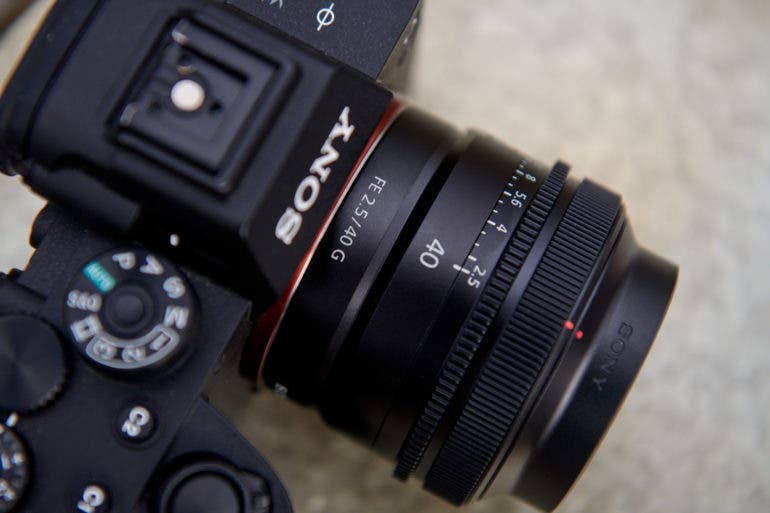
The 40mm weighs around six ounces. Mounted, the lens only sticks out from the camera body about two and a half inches. That creates a well-balanced system that doesn’t pull the front of the camera down.

The lens has three simple controls near the mount. Near the left hand, the barrel houses an autofocus lock button and, just below that, a switch to move to manual focus and back. A bit tucked away on the opposite side of the lens, an aperture de-click switch sits near the camera grip. Like the 50mm and 24mm, it lacks a focal distance scale.
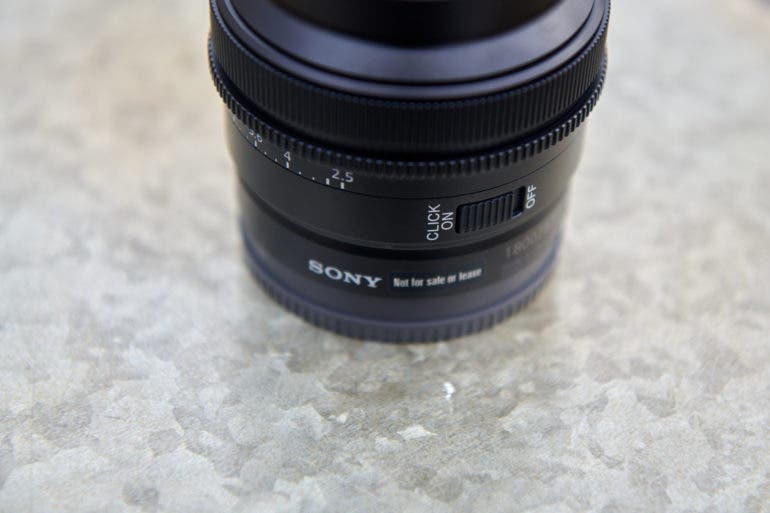
The aperture control ring has a thin textured grip. Below that, flush with the lens, the different aperture settings are clearly labeled. The lens turns with a satisfying click or with the de-click switch, smooth and without hesitation. At the front of the lens, the focus ring is wider, with a slightly smoother texture. Reaching for a ring without taking your eye from the viewfinder is easy to do by feel.
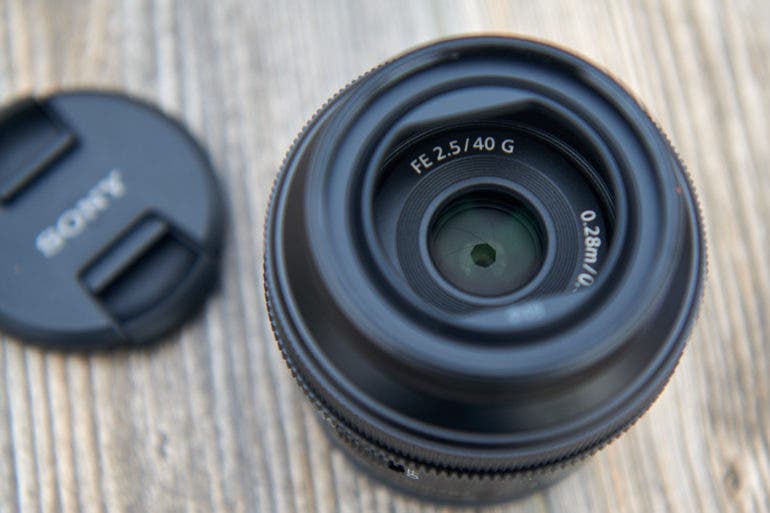
At the front, the Sony 40mm f2.5 G has a hood that feels more like part of the lens than a separate hood. The hood is only about a fingertip deep but has a small lip at the front that should also help keep out rain and fingerprints. The hood is so small that there’s no need to reverse it for storage. A 49mm filter can be attached to the hood itself or the lens with the hood removed.
Build Quality

Made from aluminum, the Sony FE 40mm f2.5 G doesn’t feel like a budget lens. The lens is sturdy yet not overly heavy. The lens cap feels a little more budget, but that’s partly because it’s a tiny 49mm cap.
The lens is also weather-sealed. While I didn’t get rain showers to test the lens with, I did give it a good splash from the sink, and the lens wasn’t bothered by the water.
Autofocus
Autofocus on the 40mm is quite good. Roughly 15 percent of photos shot at a walking pace, backlit at golden hour, were slightly soft. That’s better than the FE 50mm f2.5 G shot under the same conditions. The 40mm also focuses a bit closer to the front of the lens than the 50mm. That, mixed with the slightly shorter focal length, makes the 40mm the better choice for working in smaller spaces.
Shooting stationary subjects, the lens seldom missed its mark. Less than seven percent of these shots were soft.
Ease of Use

This 50mm requires little more than mounting and shooting. Photographers may need a little time to familiarize themselves with the layout in order to adjust blindly. At $600, it’s a lens that could easily find its way into the bags of beginners. The most difficult part for those unfamiliar with manual settings is finding the A option on the aperture ring.
Image Quality

As one of the most affordable options in the G Master series, the Sony FE 40mm f2.5 delivers the same ultra sharpness as high-end lenses. The trade-off is a little sacrifice to the bokeh and some minor aberration.
Bokeh
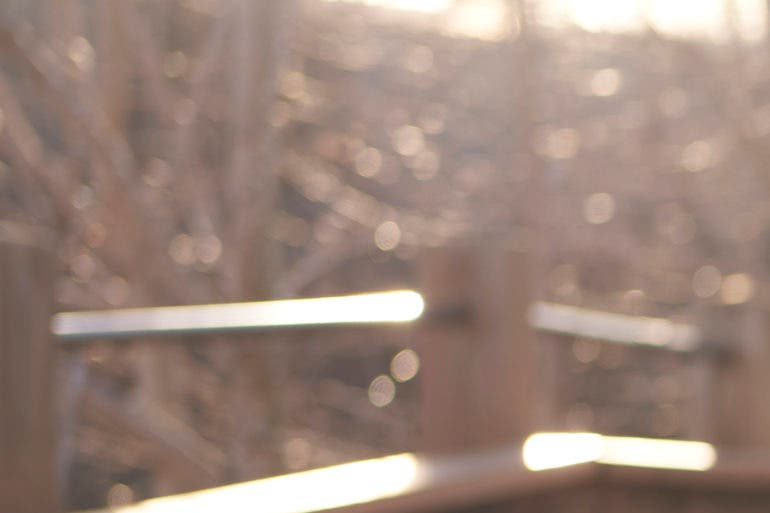
While the lens is an f2.5, bokeh is still fairly easy to achieve on a full-frame sensor. While the f2.5 isn’t as spectacular as an f1.8 or f1.2, there’s still enough background separation to help the subject pop.
Bokeh balls are a bit mixed. Some softer light sources turn into spectacular, soft bokeh. Some points of light have a bit of a soap bubble bokeh going on, and if you really look, you can find a few spots with a slight onion ring. It’s not overly distracting. (You won’t, for example, find the bokeh distracting in an Instagram post.) But, the bokeh isn’t as stunning as what’s coming from the high-end G Master lenses.
Sharpness
While the Sony FE 40mm f2.5 G may be affordable, it boasts a sharpness similar to Sony’s other high-end lenses. On the 61 megapixel body, at times, it almost felt too sharp. The center — and most of the photo — is sharp even wide open. The corners are a little bit softer but sharpen up a bit at f4.
Lens Character
Backlit, thin objects like tree branches will experience a bit of green fringing. The lens kept the aberration off portrait subjects, but I could spot some occasional fringing in the background.
The lens also didn’t flare when shooting backlit portraits with the hood on. I wouldn’t rule out the possibility of intentional flare by taking that lens hood off, however.
Color Rendering
Like its sister 50mm lens, colors from the 40mm are solid. The colors felt true to the scene and consistent with other Sony lenses. Some shots needed a bit of color tweaking to get perfect skin tones, but that’s largely from the camera sensor and not the lens itself.
Extra Image Samples
From day one, The Phoblographer has been huge on transparency with our audience. Nothing from this review is sponsored. Further, lots of folks will post reviews and show lots of editing in the photos. The problem then becomes that anyone and everyone can do the same thing. You’re not showing what the lens can do. So we have a whole section in our Extra Image Samples area to show edited and unedited photos. From this, you can make a decision for yourself.
Edited





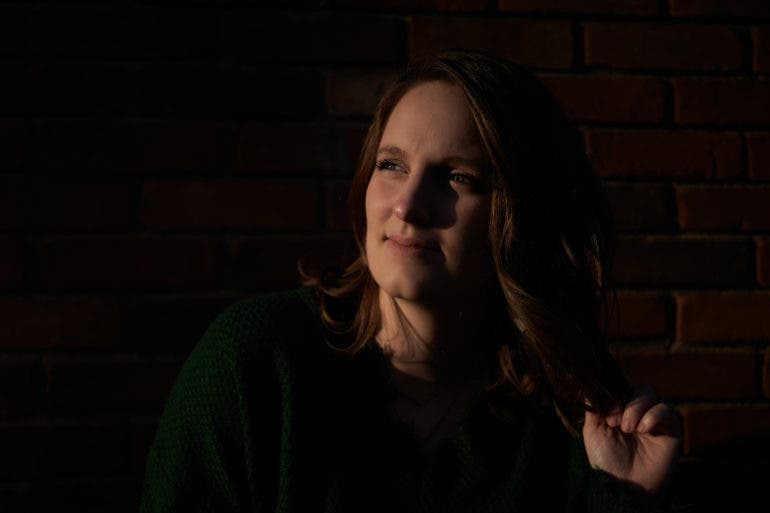
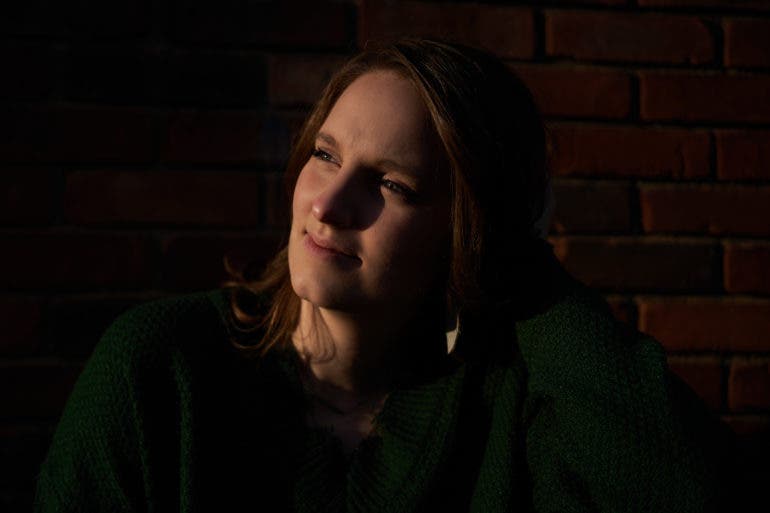
Unedited








Conclusions
Likes
- This lens is super light and doesn’t create a front-heavy camera.
- The build feels sturdy, with weather-sealing and a nice hood.
- The autofocus performed a bit better than the similar 50mm.
- Photos are sharp, with good color.
- At $600, the lens is a more affordable option.
Dislikes
- The aperture isn’t as bright as most primes.
- The bokeh could be improved.
- The lens has a tendency to create some chromatic aberration around thin, backlit objects.

If the Sony FE 40mm f2.5 G was a $1,200 lens, I would walk away. But as a $600, six-ounce lens, this 40mm definitely has some merit. Sharpness is top-notch — though maybe a little too sharp — and the colors are great. The autofocus is excellent and even a little better than the sister 50mm lens. The smaller aperture also allows the lens to seriously slim down. You could easily shoot with this lens all day without being weighed down.
While the 40mm is a solid lens, it uses a narrower aperture than most primes. The bokeh also isn’t quite as idealistic as some of Sony’s higher-end optics. Chromatic aberration is also occasionally a problem.

If weight and price are a consideration, the Sony FE 40mm f2.5 G is a good option. I’m giving this lens four out of five stars.